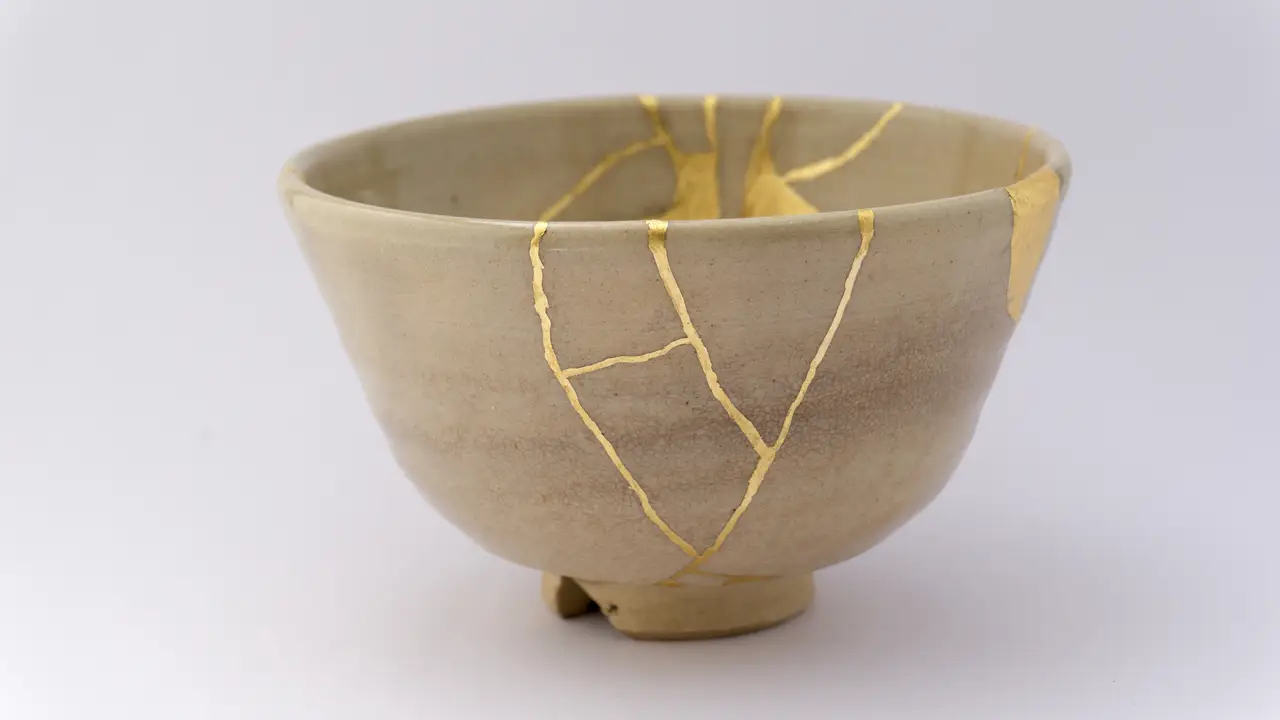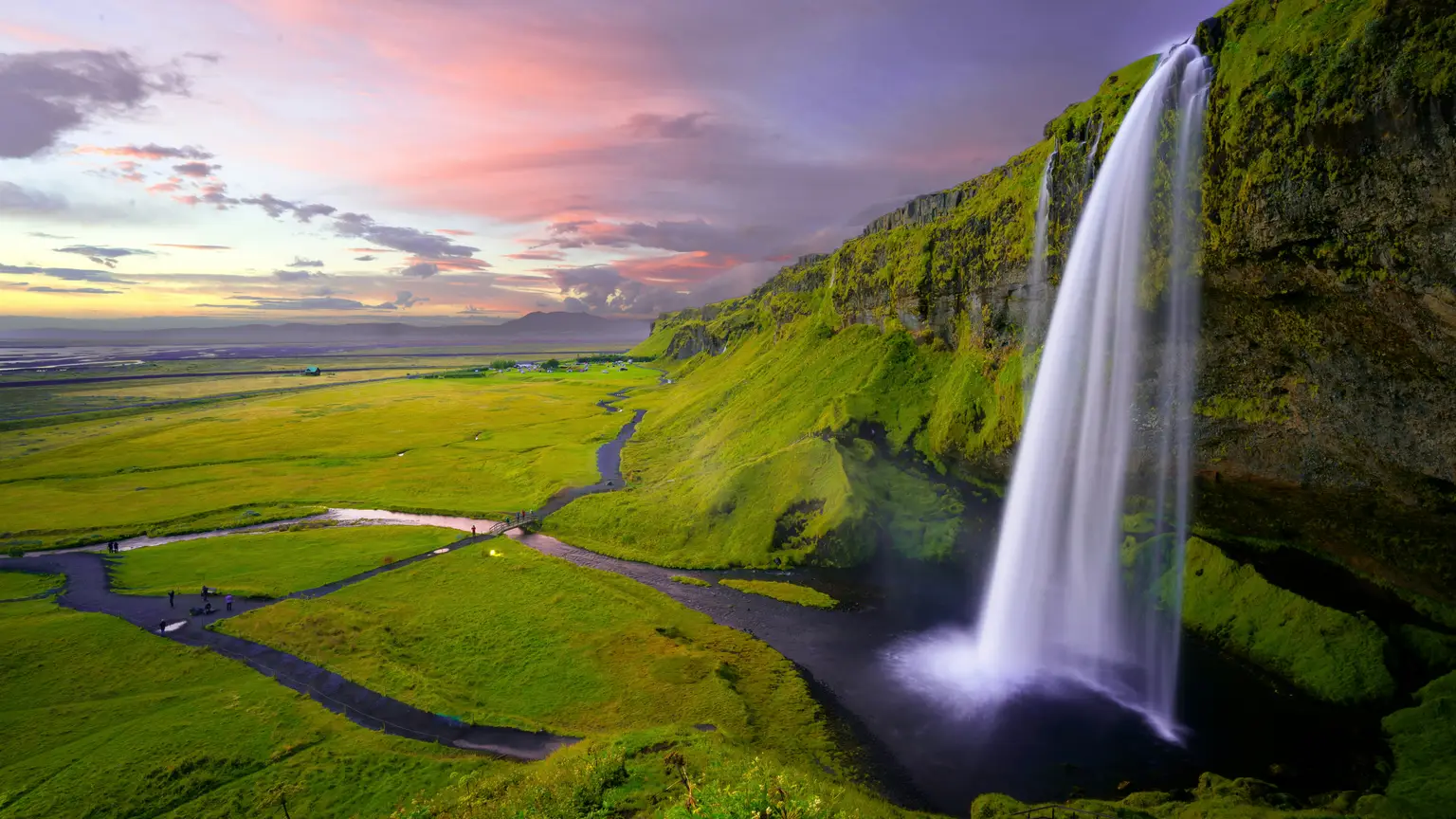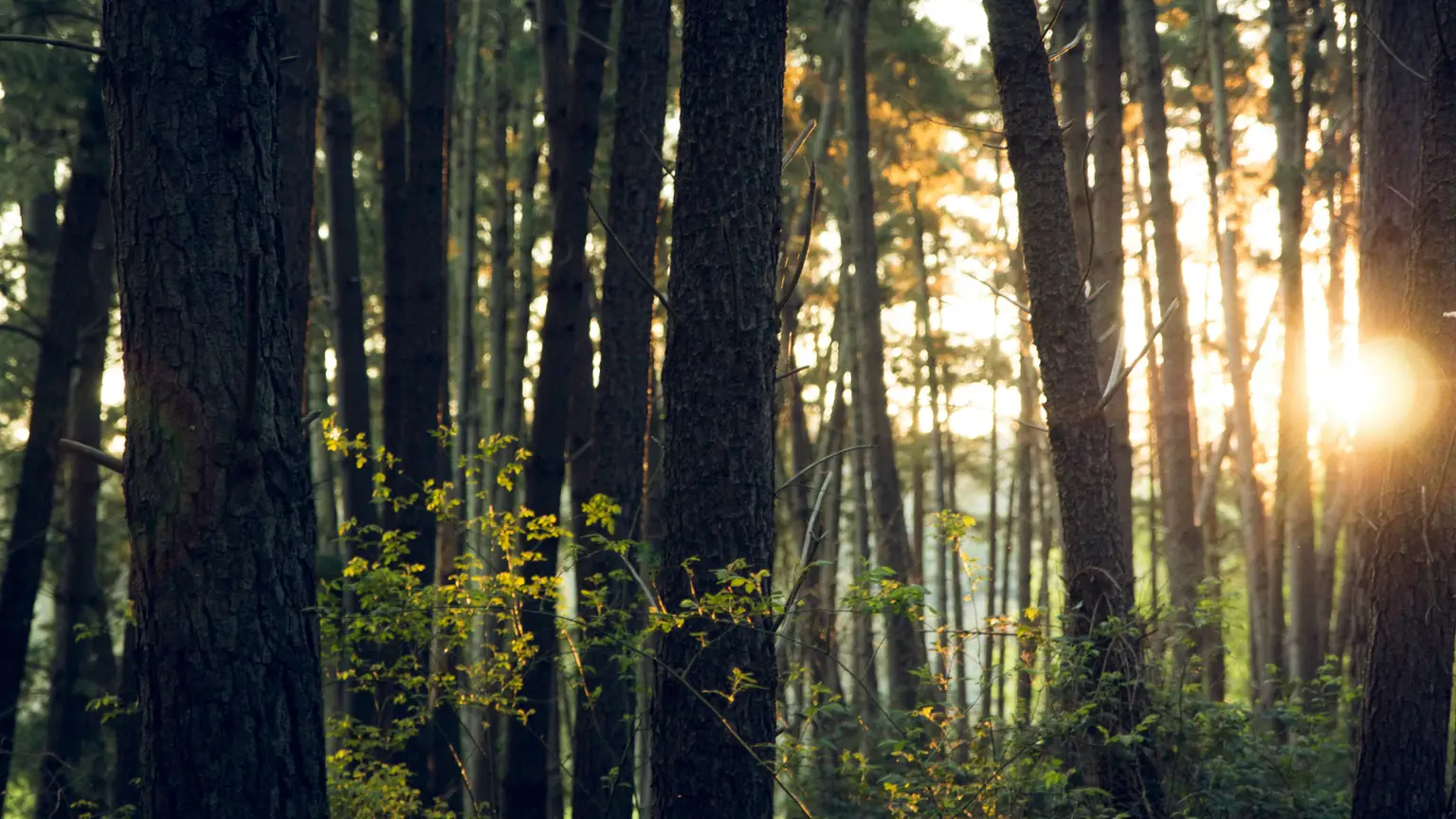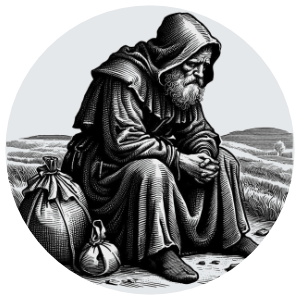Kintsugi, meaning “golden joinery,” is the ancient Japanese art of repairing broken pottery. A Kintsugi master mends broken ceramic pieces using lacquer made from the sap of the urushi tree (Toxicodendron vernicifluum), and then delicately dusts the lacquered seams with powdered gold.
This centuries-old practice “celebrates each artifact’s unique history by emphasizing its fractures and breaks instead of hiding or disguising them,” says Kelly Richman-Abdou.
According to artist Makoto Fujimura, Kintsugi does more than “fix” a broken vessel; it creates something more beautiful and more valuable than the original, unbroken piece.

Fujimura sees Kintsugi as a beautiful metaphor for the work of mending and renewal God accomplishes in our lives through the gospel of Jesus Christ. In his book Art and Faith: A Theology of Making, Fujimura writes:
[T]hrough the fissures of our broken journeys, with pieces of our own hearts shattered on the ground, we journey by God’s grace into the New Creation. God sees beyond our shattered remains. He picks them up and sings a song over us.
God redeems the broken fragments of our lives. He mends and restores, not by hiding our failures and scars, but by creating beauty out of the brokenness. “It is precisely through our brokenness and fissures that God’s grace can shine through, as in the gold that fills fissures in Kintsugi,” says Fujimura.
Lovely!
A Prayer Based on Psalm 145

Our God and our King, you whose beauty and splendor are beyond compare, wow us with your greatness and amaze us with your goodness, so that our mouths might be full of your praise forever and ever, through Jesus Christ our Lord. Amen.
Read more prayers I’ve written
Talks

- The Doctrine of Creation – Part 1. A talk focusing on the opening chapters of Genesis and what they reveal about creation’s inherent goodness and value.
- The Doctrine of Creation – Part 2. A talk focusing on human beings’ role as members of the community of creation tasked with ruling and keeping the world on God’s behalf.
- Corrupt Pastors, Good God. A sermon on 1 Samuel 2:12–36. How do you hold on to faith when the people who are supposed to represent Jesus don’t?
- The God Who Speaks. A sermon on 1 Samuel 3:1–4:1a. God is not silent. He has spoken through his prophets, in his written Word, and supremely in his Son, Jesus Christ.
Art I’m Enjoying

Poetry I’m Enjoying

2007, XI
By Wendell Berry
The sounds of engines leave the air.
The Sunday morning silence comes
at last. At last I know the presence
of the world made without hands,
the creatures that have come to be
out of their absence. Calls
of flicker and jay fill the clear
air. Titmice and chickadees feed
among the green and the dying leaves.
Gratitude for the gifts of all the living
and the unliving, gratitude which is
the greatest gift, quietest of all,
passes to me through the trees.
— Wendell Berry in This Day: Sabbath Poems Collected & New, 1979–2013 (Berkley, CA: Counterpoint, 2013)
Quote of the Moment
I believe that taking creation and new creation seriously is the way to understand and revitalize aesthetic awareness and perhaps even creativity among Christians today. Beauty matters, dare I say, almost as much as spirituality and justice.
— N.T. Wright in On Earth as in Heaven: Daily Wisdom for Twenty-First Century Christians (New York: HarperCollins, 2022)



